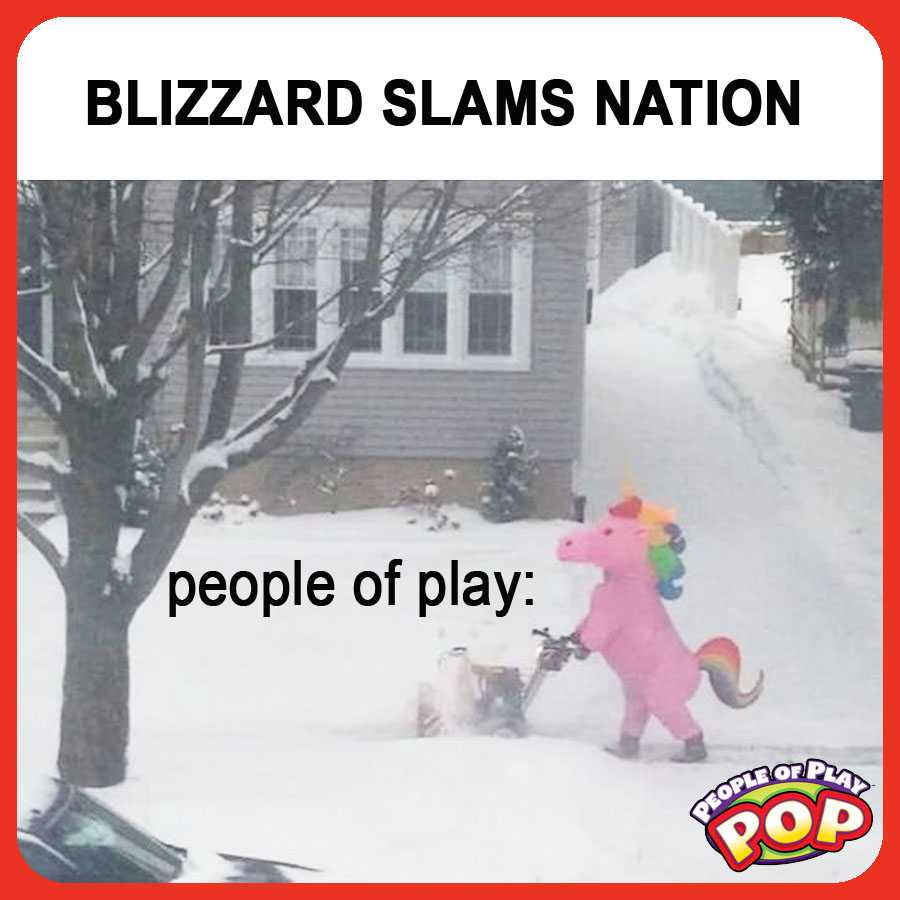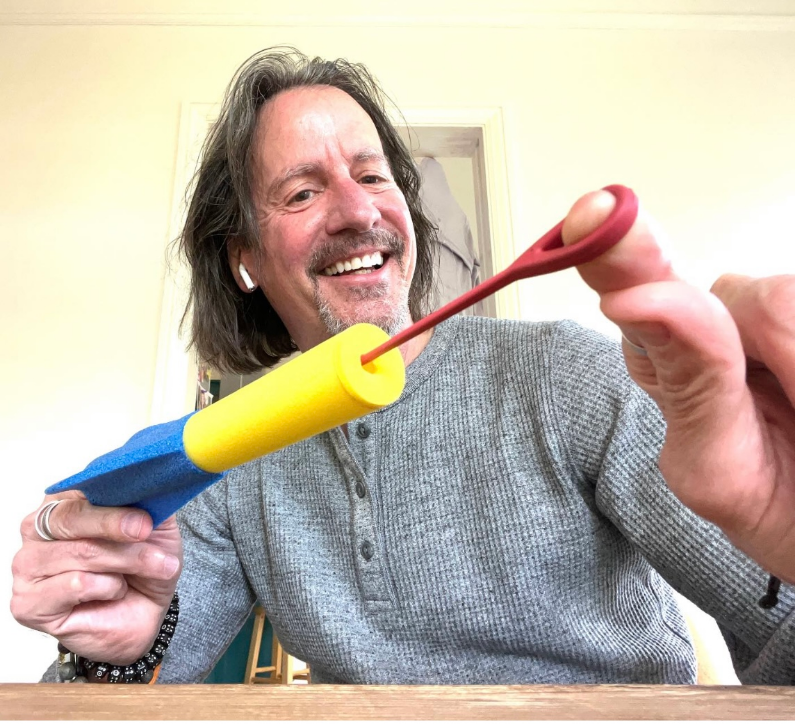
MC: Hey, Brendan! Thank you for taking time from your new bicontinental role to answer a few questions! Let’s start with a toy question, what was your favorite toy growing up?
BB: Hot Wheels for sure, that was a big-ticket Christmas toy. It’s been such a delight to invent and work with the Hot Wheels team over the years. Hippity Hop was another. Being 6 out of seven kids, I'm now convinced my parents provided lots of outdoor toys to get all the kids out of the house for much-needed peace and quiet.
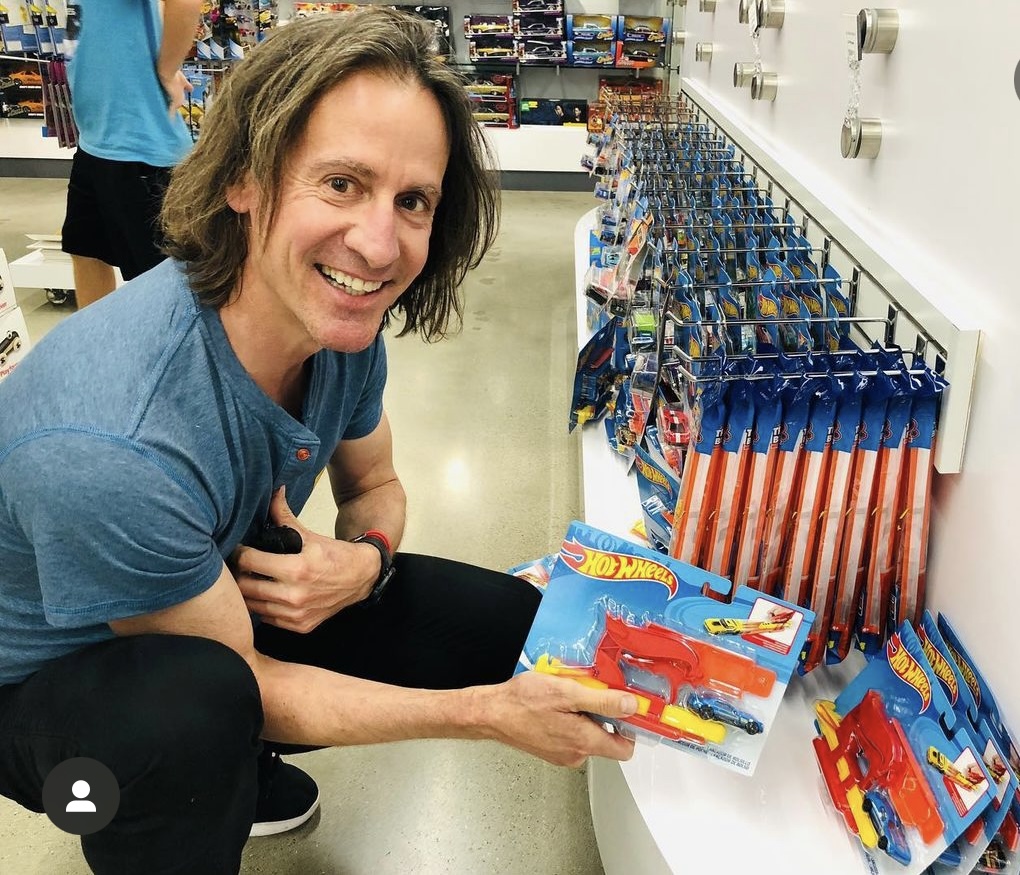
MC: You founded the IDEO Play Lab, and now you’re at Fuse London. How did that happen?
BB: It was an absolute pleasure being part of the IDEO community for many fulfilling years. As a Partner and the founder of the Play Lab, I am immensely proud of the accomplishments I was involved in. The partners, me included, made a strategic decision to sell the firm to a creative holding company called kyu. The sale was recently successfully concluded. It was a suitable time for me to step off and explore a new chapter.
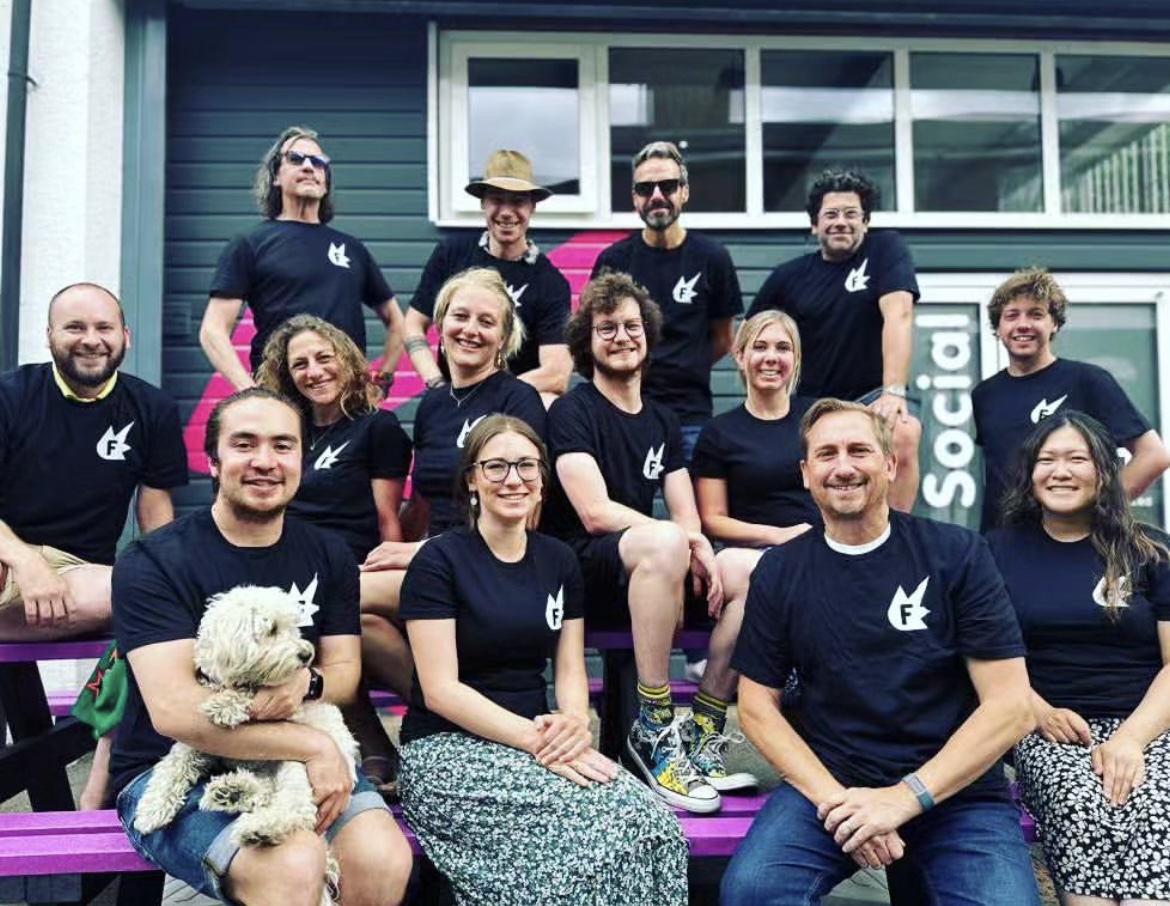
MC: How’s it going at Fuse?
BB: Oh, it's going fantastic at Fuse! I have known the founding partners for many years, Kev Gillon, Luke Tyler, Tim Rowe, and Pete Cartlidge – all great folks and immensely talented. Fuse is known for its transformational magic in their toys. I have been super impressed at how strong the team is in every category. The studio in London is filled with amazing toy inventors who are back in the studio every day. It's vibrant, with amazing collaboration. London has an incredible toy history, and it’s a city that provides so much inspiration.
MC: What will you be jumping in on?
BB: I’ll be staying in California but getting back to London on a regular basis. I am bringing my passion for design thinking and play. My goal is to supercharge Fuse’s success even further and bring new ideas and innovation to the table.
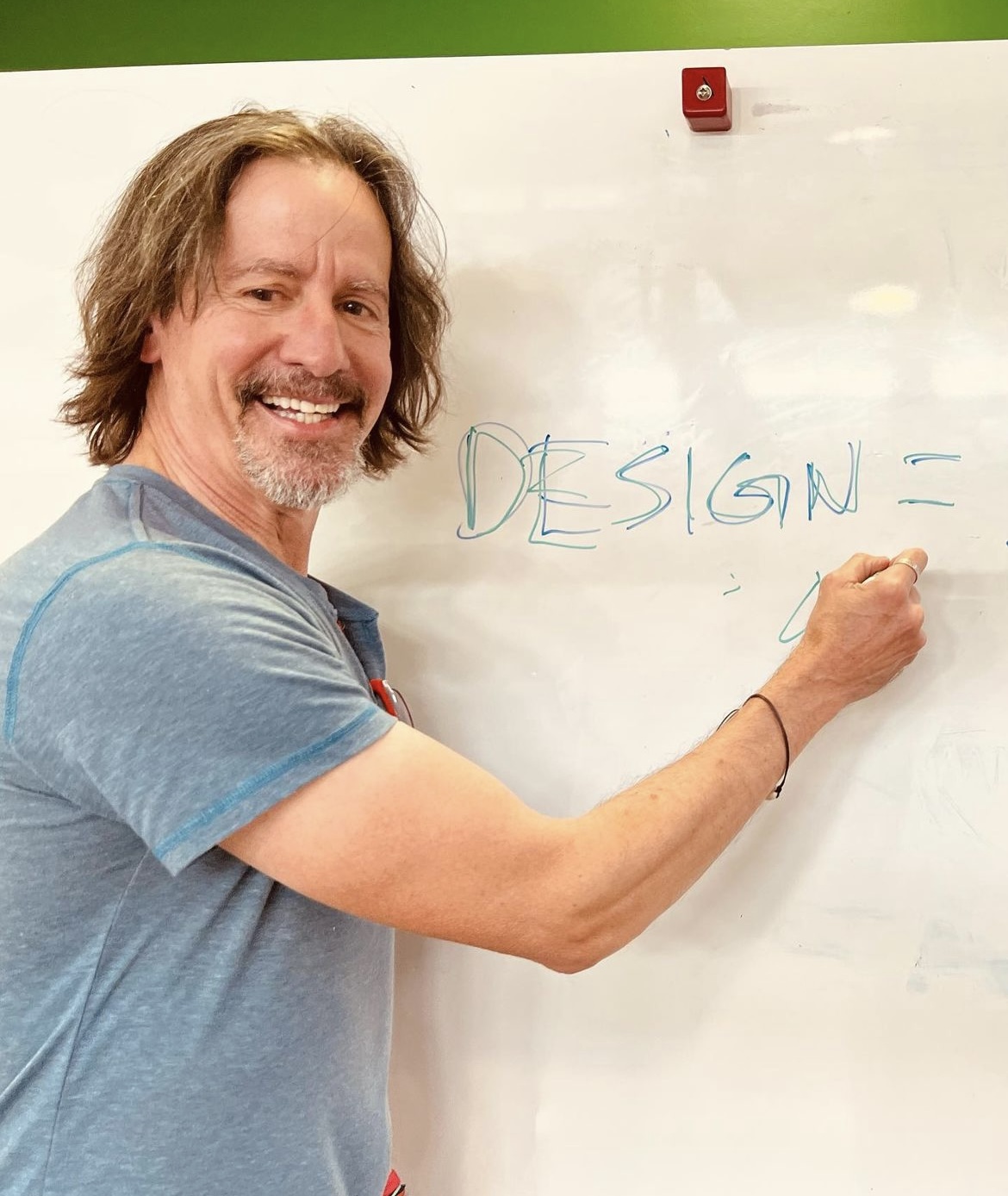
MC: You teach a class at Stanford called Design for Play. Tell us about that.
BB: Ah, yes, Design for Play! It’s a class I created and teach at the Stanford d.School. It focuses on user-centered design and design thinking, but with an overlap of the importance of play behaviors. Most folks think the opposite of play is work, but I feel it's not work but boredom. As inventors, we want our toys to be engaging. The class focuses on how to make any product, service, environment, or organization more engaging. You could also think of the class as teaching experience design with a focus on joy and delight. As an example, and not to pick on the DMV, but there’s an organization that could really use some design for play.
MC: Why do you think play is so important?
BB: I’m a practitioner of play, but scientists who research play are telling us the science of play is showing all sorts of benefits. Hardly anyone will argue now that sleep is not important; the science of sleep is well ahead of the science of play, but play is catching up!
MC: Do companies play enough?
BB: Some companies think it is because they have ping pong tables, bean bags and slides that they have covered play. However, those are for breaks, and breaks are needed. But companies also need to improve their play in their innovation process to become more creative. Role play for empathy, exploratory play for ideation, and constructive play for prototyping. Enjoying the creative process through play will increase innovation.
MC: How do you explain play to companies?
BB: Lots of times, I use the word "engagement." Bigger companies have measurements called Key Performance Indicators (KPIs). There is a KPI on how engaged their employees are. Once they understand how important it is for folks to love what they do, they are onboard with play.
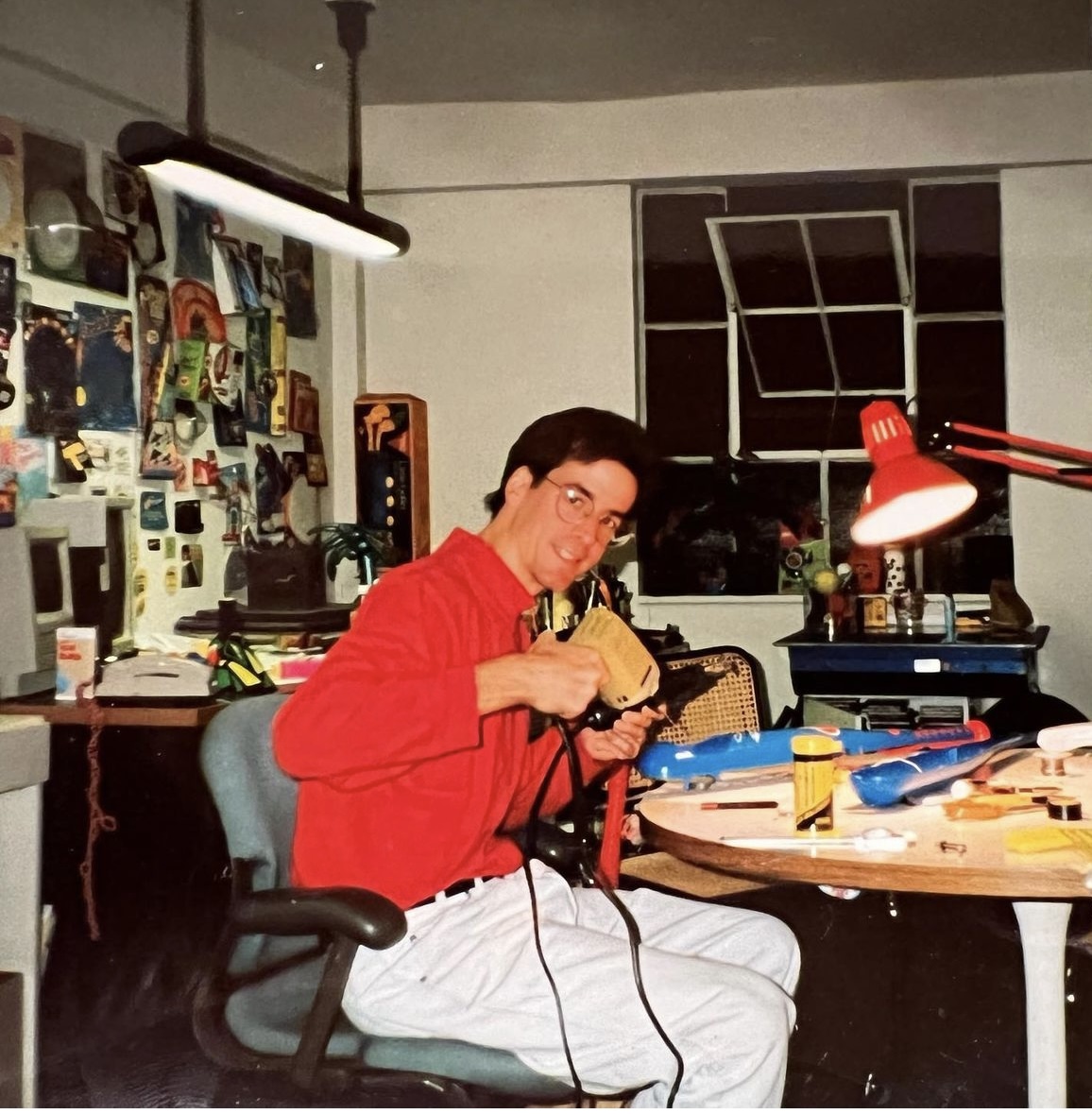
MC: What role do you believe play and toys play in fostering creativity and innovation, not just for children but also for adults?
BB: Toys are tools that encourage play and learning. I had so many boring classes as a kid, but we remember the teachers who added a bit of fun or play into their lessons. It kept our attention. Exploratory play is such a wonderful way to learn. If you are a leader at a company, try to give your team time to "go play around with..." whatever they are working on, and they will produce more interesting stuff.
MC: Are there any challenges or obstacles you've faced in designing for play, and how did you overcome them?
BB: I believe play has a public relations problem. It's a paradox – how can it be serious if it's fun? I keep citing all the recent research that explains the benefits of play for all ages.
MC: What's your favorite toy you have invented?
BB: First, it’s always a team effort, but several stand out. From the Aerobie Football, Fib-Finder with Pressman, the Jumperoo with Fisher-Price, The Barbie Campers, and Pictionary Air with Mattel to Twister Air with Hasbro. But my real favorite is always the one I’m working on now. Inventors and designers are optimistic about the future, so we are usually the most excited about our next big thing.
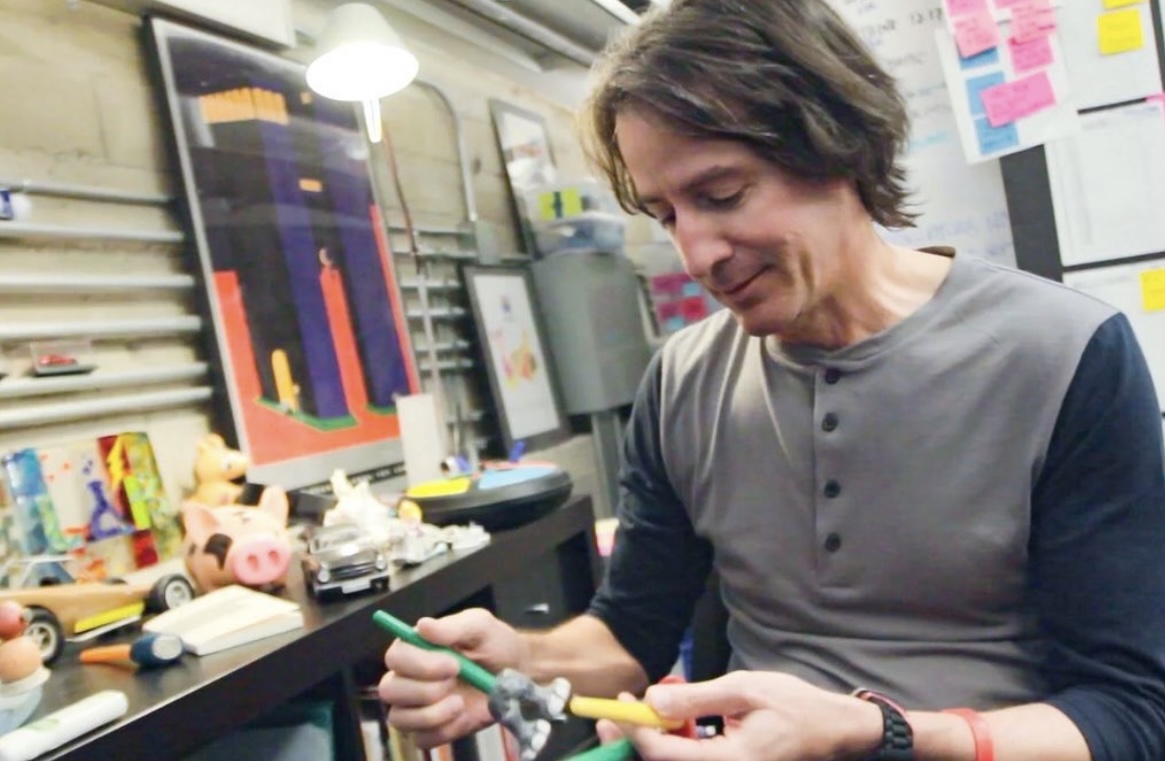
MC: Finally, any advice for new parents?
BB: Absolutely! Do activities that you really enjoy around your children, for example, camping, reading, hiking, or painting. If they end up loving it, that's great. If not, that's okay because what I believe is that they will see that you’re passionate about something, and they will want to find what they are passionate about. Also, buy them lots of toys! Ha, toys are tools for learning. I also tell parents never to waste a big cardboard box! It can be used for a fort, a theater, an airplane – so many possibilities. Then, after a few months, recycle it! Yay for play!
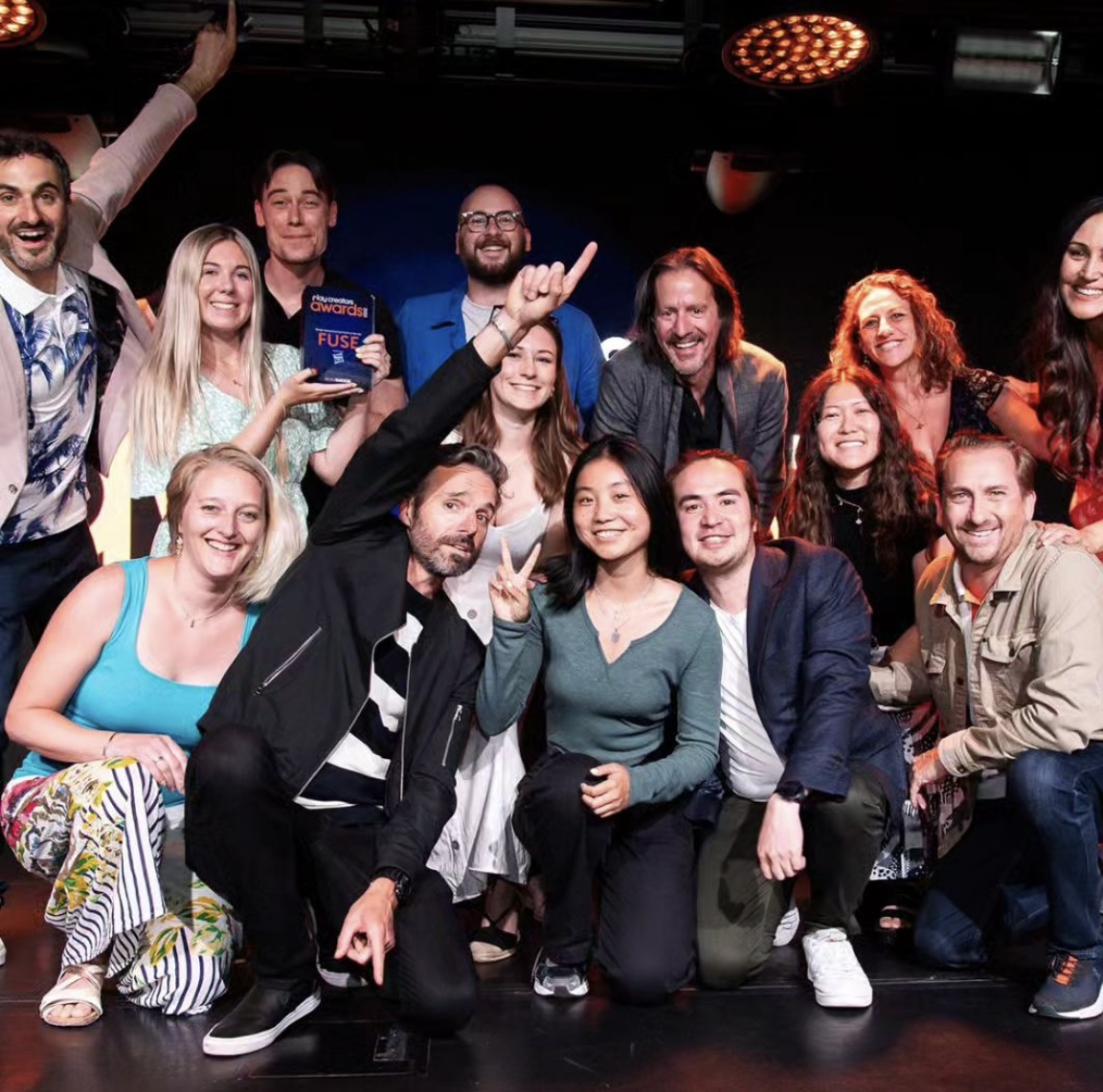
Recent Blogs
Recent Blogs
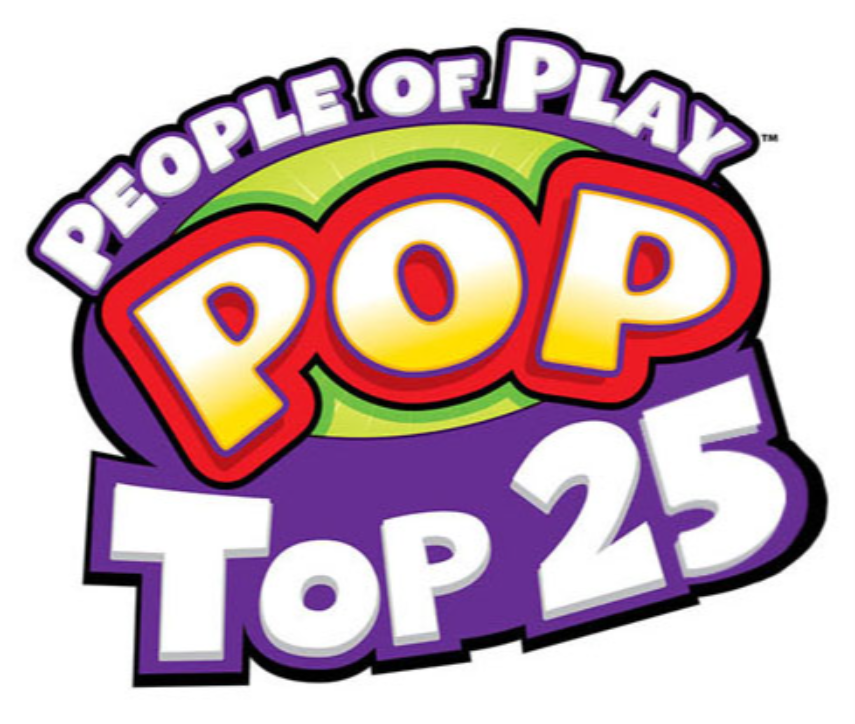
Industry Commentary, Op-Ed
The Top 25 POP Profiles of 2025
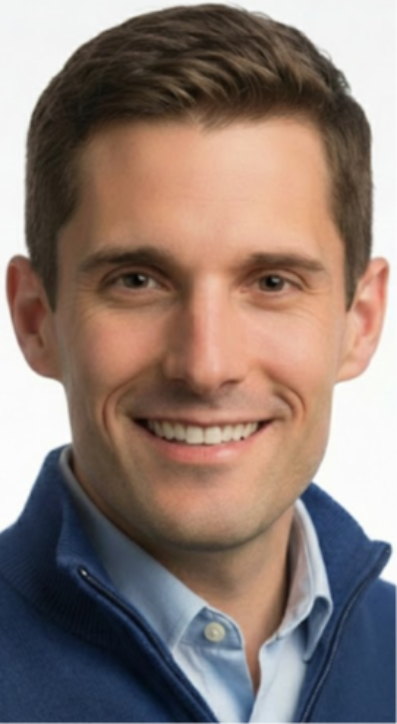
Biographies and Interviews
Ben Krenz Talks Moose Games, The Rise of Kidults, and More!

The Bloom Report
The Bloom Report Issue Archive
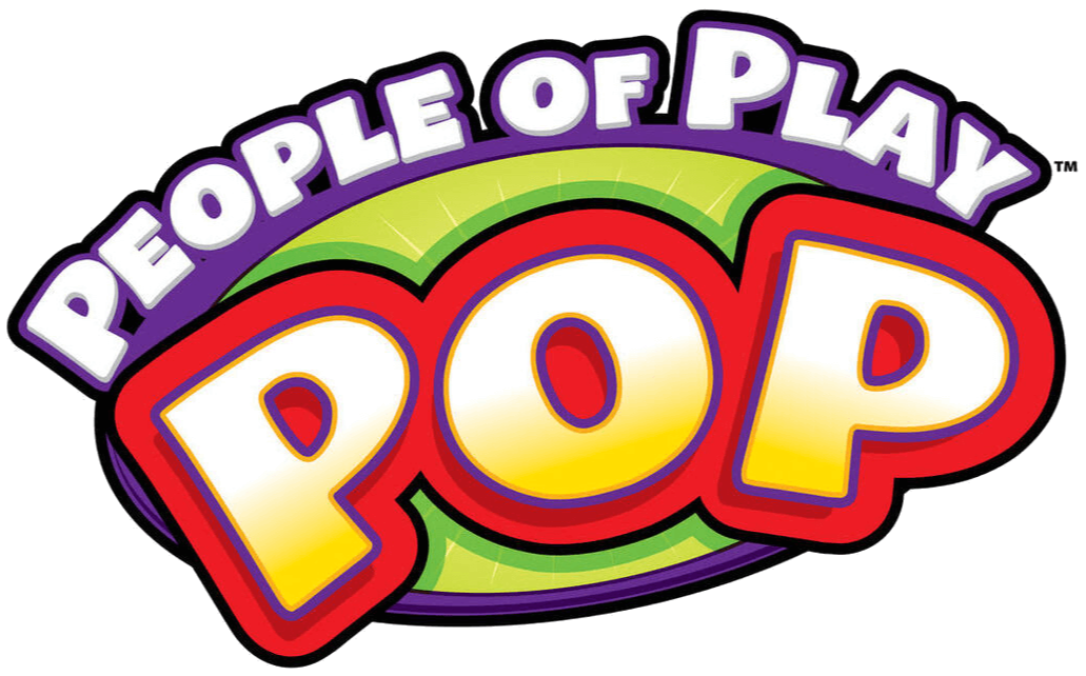
Play Through History
The Lives They Lived: Rest in Play Edition 2025

The Bloom Report
Toy and Game People Obituaries - RIP - Rest in Play
See more
Recent Wiki
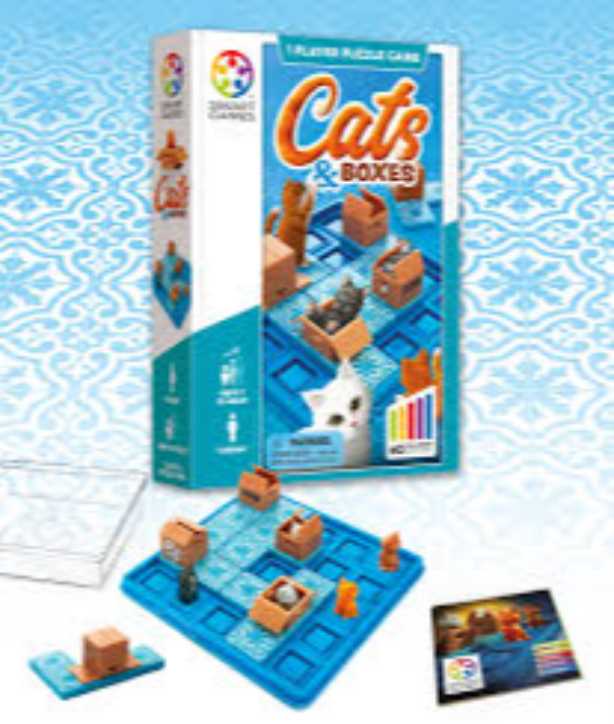
BOOK REVIEWS
Game Review: Cats & Boxes
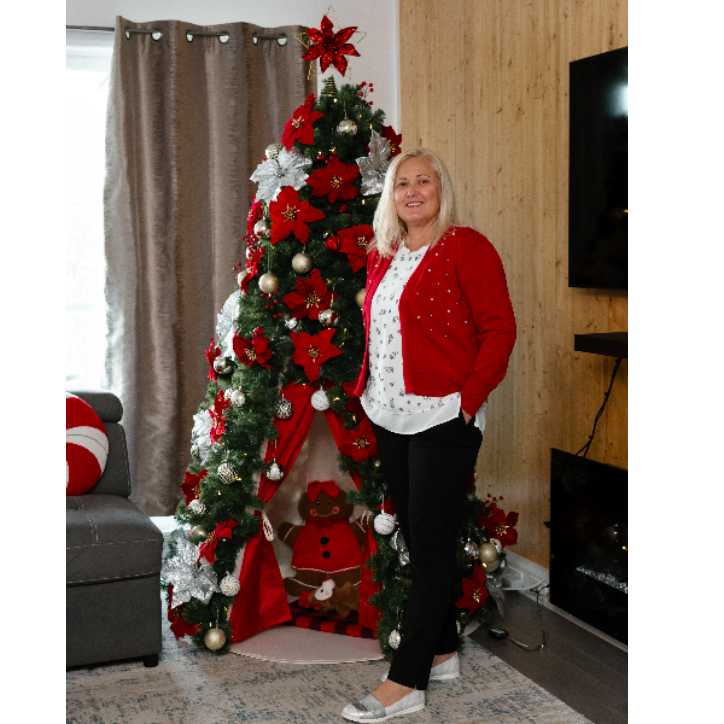
PEOPLE
Ana Maria, Founder of The Magical Underland Inc., Rings in the Holidays with a new kind of Christmas Tree
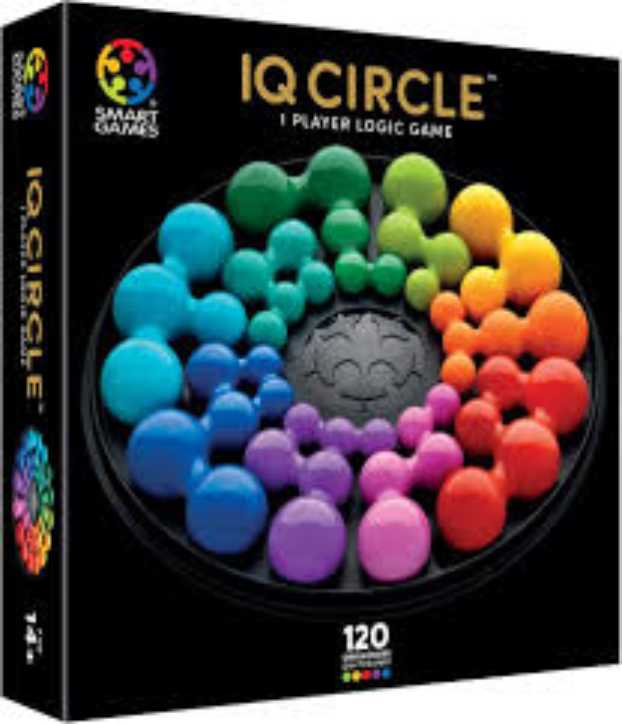
BOOK REVIEWS
Game Review: IQ Circle
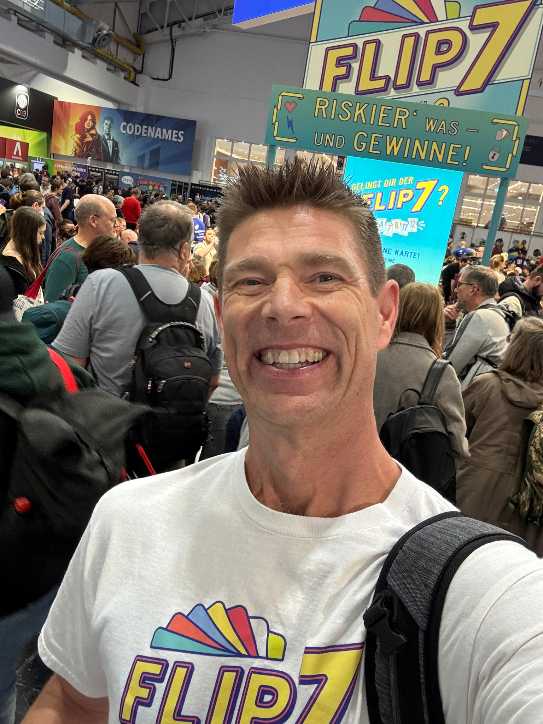
PEOPLE
Catching up with Eric Olsen, The Inventor of Flip 7 and Co-Creator of Messy Table Games
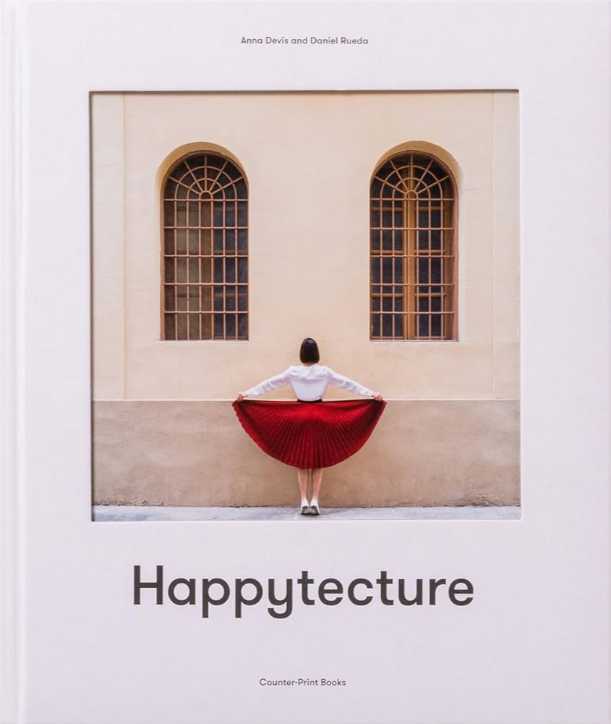
BOOK REVIEWS
Book Review: Happytecture by Anna Devís & Daniel Rueda
See more
POP's Got Talent

POP Entertainment
Randy Klimpert Shares his Ukulele Collection

POP Entertainment
Steve Casino Peanut Art

POP Entertainment
Everyone's Talking about POP!

POP Entertainment
Princess Etch - a Multi-Talented Etch A Sketch Artist

POP Entertainment
Joseph Herscher of Joseph' s Machines.
See more
Recent POPcast

Hidden Role: The Brains Behind your Favorite Games
Connie Vogelmann designed Apiary & Wyrmspan!

Hidden Role: The Brains Behind your Favorite Games
Bob Fuhrer... Is THE Crocodile Dentist!

Hidden Role: The Brains Behind your Favorite Games
Tom Dusenberry... Bought Atari, Wizards of the Coast, and Avalon Hill!

Hidden Role: The Brains Behind your Favorite Games
Matt Leacock created Pandemic... the game!

Hidden Role: The Brains Behind your Favorite Games
Scott Brown and Tim Swindle... are Launching a New Sport!
See more
POPDuos

POPDuos: Interviews with Legends and Leaders
POPDuo: Richard Dickson, Mattel’s President & COO, and Kedar Narayan, Young Inventor Challenge AMB

POPDuos: Interviews with Legends and Leaders
POPDuo: Will Shortz and Josh Wardle

POPDuos: Legends and Leaders Explore Creativity
POP Duo: Elan Lee, Co-Founder, Exploding Kittens.and Jeff Probst, Host and Exec Producer, Survivor

POPDuos: Legends and Leaders Explore Creativity
POP Duo: David Fuhrer, MNG Director, Blue Sq Innovations & Shawn Green, past Dodgers & Mets MLB Star

POPDuos: Legends and Leaders Explore Creativity
POP Duo: Bob Fuhrer, Founder, Nextoy and Tom Fazio, Golf Course Designer
See more
